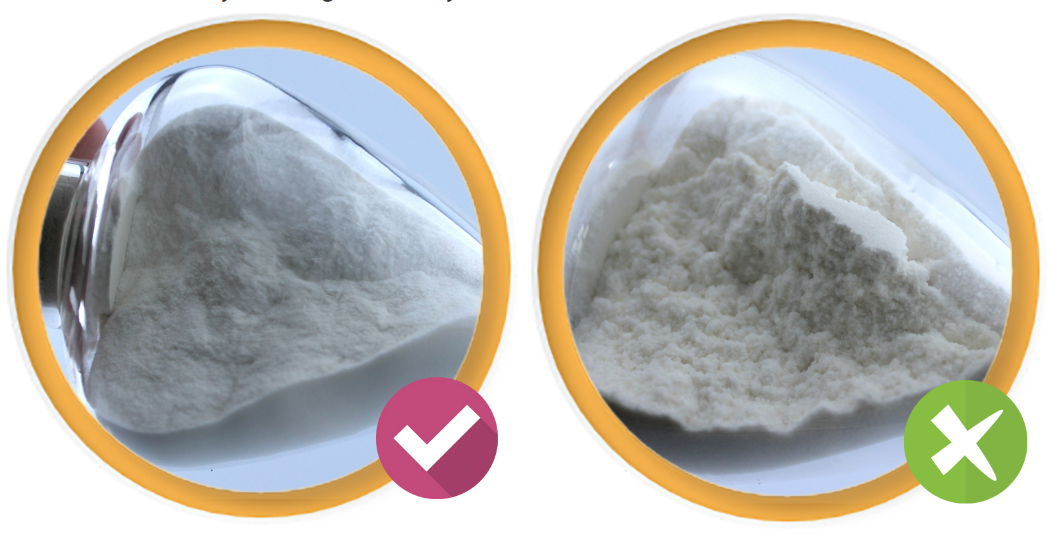
Aug . 12, 2024 12:24 Back to list
Understanding the Production Process of Hydroxyethyl Cellulose and Its Applications in Industries
How is Hydroxyethyl Cellulose Made?
Hydroxyethyl cellulose (HEC) is a versatile and widely used polymer derived from cellulose, a natural polymer found in the cell walls of plants. It is renowned for its thickening, gelling, and film-forming properties, and is commonly used in a variety of industries, including pharmaceuticals, cosmetics, and construction. Understanding the production process of HEC provides insights into its applications and the importance of this biopolymer in our everyday lives.
The production of hydroxyethyl cellulose begins with the extraction of cellulose from wood pulp or cotton. This cellulose serves as the raw material for HEC. The extraction process involves several steps. First, wood or cotton fibers are treated with chemicals to remove lignin, hemicellulose, and other impurities, resulting in purified cellulose. This cellulose is then dried and ground into a fine powder for further processing.
How is Hydroxyethyl Cellulose Made?
1. Preparing Alkaline Slurry The purified cellulose is first suspended in an alkaline solution, usually sodium hydroxide (NaOH). This treatment swells the cellulose fibers and makes them more reactive. The degree of alkalinity is critical, as it influences the efficiency of etherification.
how is hydroxyethyl cellulose made

2. Etherification Reaction After creating the alkaline slurry, ethylene oxide is added. The reaction occurs at elevated temperatures, often ranging from 30 to 70 degrees Celsius. Ethylene oxide reacts with the hydroxyl groups of cellulose, introducing hydroxyethyl groups into the cellulose chain. The degree of substitution, or the number of hydroxyethyl groups per glucose unit in cellulose, can be controlled by adjusting the amount of ethylene oxide used, as well as the reaction time and temperature.
3. Neutralization and Precipitation Following the etherification reaction, the reaction mixture is neutralized to halt further reactions, usually through the addition of an acid, such as hydrochloric acid. Once neutralized, the product is precipitated out of the solution, often by adding it to alcohol or another solvent that is less soluble in water. This step helps to purify the HEC and remove any unreacted reagents.
4. Washing and Drying The precipitated hydroxyethyl cellulose is then washed thoroughly to remove residual solvents and unreacted materials. After washing, the HEC is dried, usually in a vacuum dryer, to produce a fine white powder. This powder can then be milled to achieve the desired particle size, depending on its intended application.
5. Quality Control Throughout the production process, various quality control measures are implemented to ensure that the HEC meets standard specifications. This includes testing for viscosity, degree of substitution, and purity. These factors are crucial for ensuring that the final product performs as expected in its various applications.
In summary, the production of hydroxyethyl cellulose involves several critical steps extraction of cellulose, etherification with ethylene oxide, neutralization, precipitation, and drying. The resulting HEC is a valuable polymer with wide-ranging applications due to its thickening and stabilizing properties. Its production process not only highlights the importance of cellulose as a raw material but also exemplifies the advancements in chemical processing that allow us to transform natural products into versatile materials. As industries continue to seek sustainable and effective solutions, the role of hydroxyethyl cellulose is likely to expand, benefiting from its natural origins and adaptability.
-
Versatile Hpmc Uses in Different Industries
NewsJun.19,2025
-
Redispersible Powder's Role in Enhancing Durability of Construction Products
NewsJun.19,2025
-
Hydroxyethyl Cellulose Applications Driving Green Industrial Processes
NewsJun.19,2025
-
Exploring Different Redispersible Polymer Powder
NewsJun.19,2025
-
Choosing the Right Mortar Bonding Agent
NewsJun.19,2025
-
Applications and Significance of China Hpmc in Modern Industries
NewsJun.19,2025







